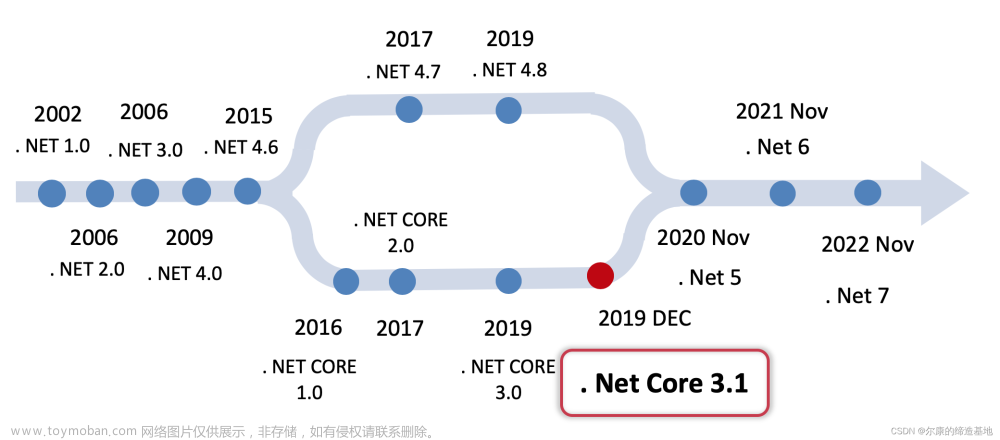1.typeof操作符:
使用typeof操作符可以判断一个值的数据类型。它返回一个表示数据类型的字符串。
- 优点:typeof 操作符是一种简单、快速的方式来
判断基本数据类型。它返回的结果是一个字符串,可以直接用于条件判断。 - 缺点:
对于引用类型(除了函数)的判断结果都是'object',无法细分具体的引用类型。同时,对于null的判断结果也是’object’,不能准确判断null。
var arr = [1, 2, 3];
var obj = { name: 'zhangsan', age: 19 };
var fn = function(){}
console.log(typeof 24); // 输出: 'number'
console.log(typeof 'Hello'); // 输出: 'string'
console.log(typeof true); // 输出: 'boolean'
console.log(typeof arr); // 输出: 'object'
console.log(typeof obj); // 输出: 'object'
console.log(typeof fn); // 输出: 'function'
console.log(typeof null); //输出: 'object'
2.instanceof操作符:
使用instanceof操作符可以判断一个对象是否是某个构造函数的实例。
instanceof是 JavaScript 的一个操作符,用于检查某个对象是否是某个特定类的实例。
- 优点:
instanceof操作符可以判断一个对象是否是某个构造函数的实例,可以用于自定义构造函数的判断。它可以处理继承关系,如果对象是某个构造函数的子类实例,也会返回true。 - 缺点:instanceof操作符只能判断对象是否是特定构造函数的实例,
不能判断基本数据类型的数据。此外,如果在多个窗口或框架中使用,可能会导致不准确的结果。
// 手写一个方法实现 instanceof 原理
const instanceofs = (target, obj) => {
let p = target;
while(p){
if(p == obj.prototype){
return true
}
p = p.__proto__
// 循环p的原型,如果不相等,最后p.__proto__.__proto__.__proto__ 结果为null ,就会跳出循环
}
return false;
}
console.log(instanceofs([1,2.3], Object) ) // true
3.constructor属性:
每个对象都有一个constructor属性,它引用了创建该对象的
构造函数。文章来源:https://www.toymoban.com/news/detail-664732.html
- 优点:constructor属性是每个对象都具有的属性,可以直接使用它来判断对象的构造函数。它适用于大多数对象类型的判断,包括
基本数据类型和引用类型。 - 缺点:
如果对象的constructor属性被修改或重写,判断结果可能不准确。此外,在继承关系中,可能会出现构造函数不一致的情况。
var num = 42;
var str = 'Hello';
var bool = true;
var arr = [1, 2, 3];
var obj = { name: 'John', age: 25 };
console.log(num.constructor === Number); // 输出: true
console.log(str.constructor === String); // 输出: true
console.log(bool.constructor === Boolean); // 输出: true
console.log(arr.constructor === Array); // 输出: true
console.log(obj.constructor === Object); // 输出: true
4.Object.prototype.toString方法:
使用Object.prototype.toString方法可以返回一个表示对象类型的字符串。文章来源地址https://www.toymoban.com/news/detail-664732.html
- 优点:Object.prototype.toString方法返回的字符串包含了更详细的信息,可以准确判断对象的数据类型。它
适用于所有的数据类型,包括基本数据类型和引用类型。 - 缺点:调用Object.prototype.toString方法需要使用call方法来绑定this对象,使用起来相对复杂一些。
var num = 42;
var str = 'Hello';
var bool = true;
var arr = [1, 2, 3];
var obj = { name: 'John', age: 25 };
console.log(Object.prototype.toString.call(num)); // 输出: '[object Number]'
console.log(Object.prototype.toString.call(str)); // 输出: '[object String]'
console.log(Object.prototype.toString.call(bool)); // 输出: '[object Boolean]'
console.log(Object.prototype.toString.call(arr)); // 输出: '[object Array]'
console.log(Object.prototype.toString.call(obj)); // 输出: '[object Object]'
到了这里,关于js常用判断数据类型方法以及优缺点 以及 instanceof 原理实现的文章就介绍完了。如果您还想了解更多内容,请在右上角搜索TOY模板网以前的文章或继续浏览下面的相关文章,希望大家以后多多支持TOY模板网!







